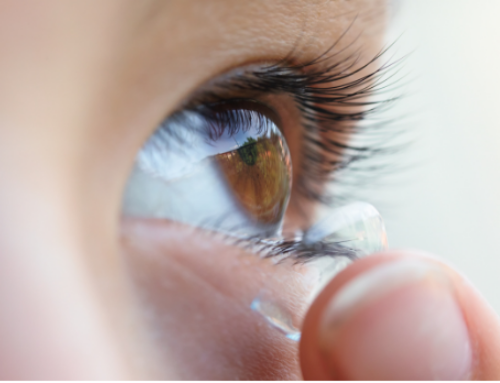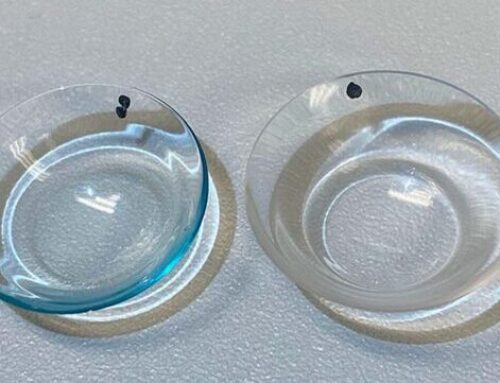This post is part of BostonSight’s archival content and was originally authored by Janice M. Epstein in October 2015. Content has been updated to be current. This content is informational in nature and should not be considered medical advice. Please reach out to your medical professional for questions about your vision.
Why Blinking is so Important
Is there such a thing as blinking correctly? Throughout the day, the average person blinks about 15 times per minute. Blinking promotes a healthy ocular surface by distributing lubricating fluid over the surface of the eye. This action also helps to provide essential nutrients to the eye surface. When eyes are irritated, extra tears are produced by the lacrimal glands, and the additional fluid and blinking action help to flush out irritants. Research shows us that variations in blink rates, patterns, and strengths can have a significant impact on overall eye health and might even serve as an indicator of an underlying eye condition.
A study from 2012 looking at the action of blinking uncovered a previously unknown function. Scientists wondered why we blink as much as we do when the rate of approximately 15 blinks per minute is more than necessary for eye health. It was discovered that blinking patterns are not entirely random, but tend to occur at predictable moments during reading, conversation, or watching television. Blinks tended to occur at the end of a thought or action. Brain imaging of study participants watching a television program showed that during a blink, brain activity increased in the area of the alternate network that is active during the state of wakeful rest. Researchers theorized that these results indicate blinking actually serves as a mental break for the brain and allows for increased attention when the eyes are reopened.
Dry Eye and Keratoconus
While dry eye has many underlying causes, studies show that reduced and incomplete blinking combined with increased tear film break-up exacerbate the uncomfortable symptoms and lessen visual acuity. When the blink rate is reduced, it compromises the eye’s ability to distribute lubricating lipids from the meibomian glands over the ocular surface. In between each blink, the loss of visual acuity in patients with dry eye is faster than those without dry eye. Shorter intervals between blinks are found in patients with dry eye, which can be indicative of a means to compensate for the loss of acuity from dry eye while focused on a visual task.
The re-wetting of the lower third of the cornea is especially important for those with keratoconus, as this area lies below the bulge of the cone and can be particularly irritated by lenses. The completeness of a blink is important in ensuring adequate re-wetting of the ocular surface.
How to Check That You Are Blinking Correctly
Dr. Bezalel Schendowich, who wrote an article on The Science and Art of Blinking, notes that the renewal and revitalization of the corneal surface, the epithelium, and the conjunctiva rely on blinking. To ensure you are blinking correctly, Dr. Schendowich advises the following:
- Gently rest your forefinger sideways under your eye just above the cheekbone (your finger pointing towards your nose).
- As you blink, the eyelashes on the upper eyelid will gently (almost like a feather touch) brush the finger when your eye is completely closed.
To make proper blinking a habit, he suggests regularly practicing a complete blink for two weeks in short sessions throughout the day. Try to complete 50 full blinks within a minute looking into each of the five forward directions (up, down, left, right, straight). Remember that they are not tight lid-squeezes, but closures. With practice, a complete blink will become more automatic for you and contribute to greater eye comfort.


